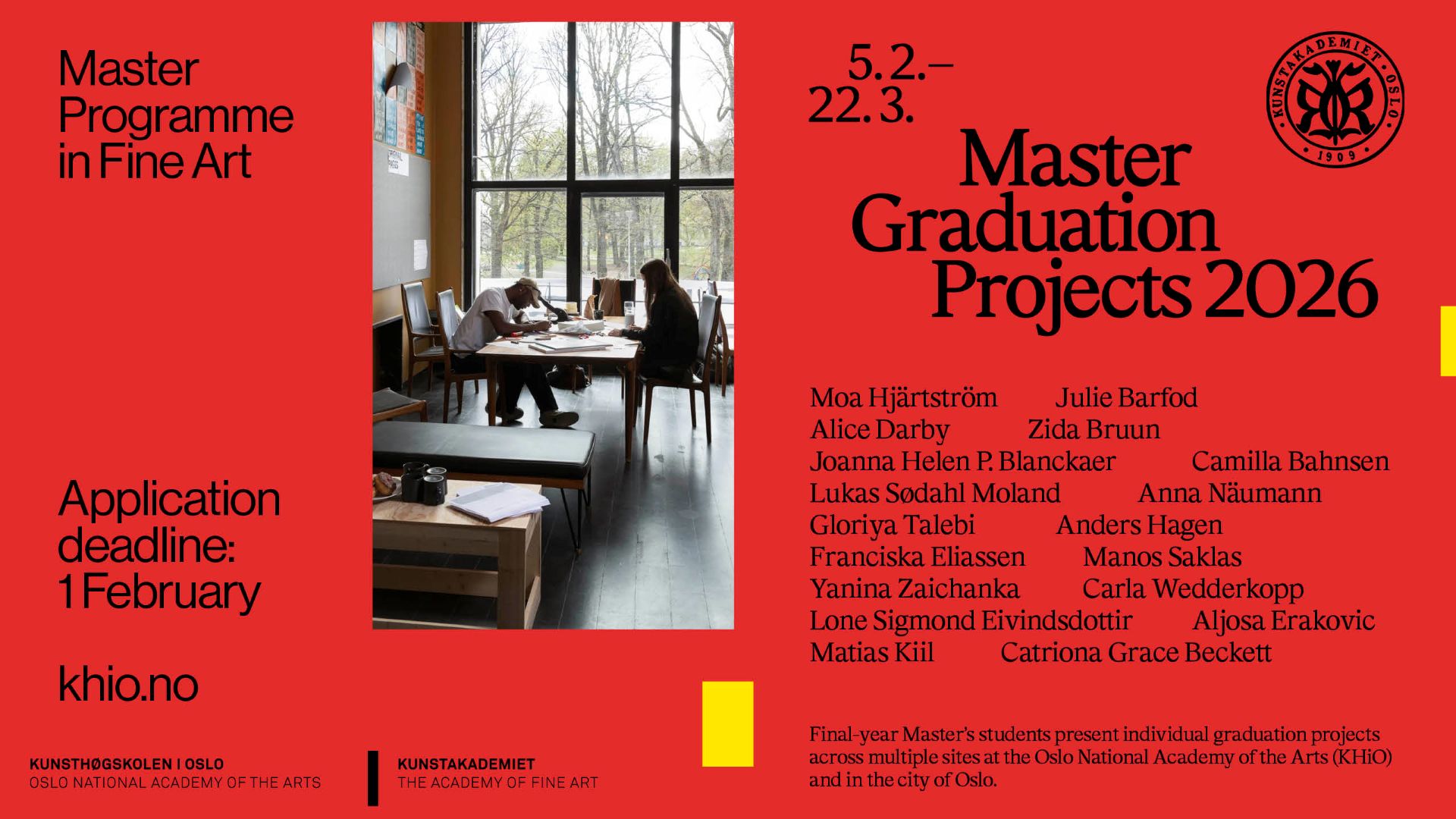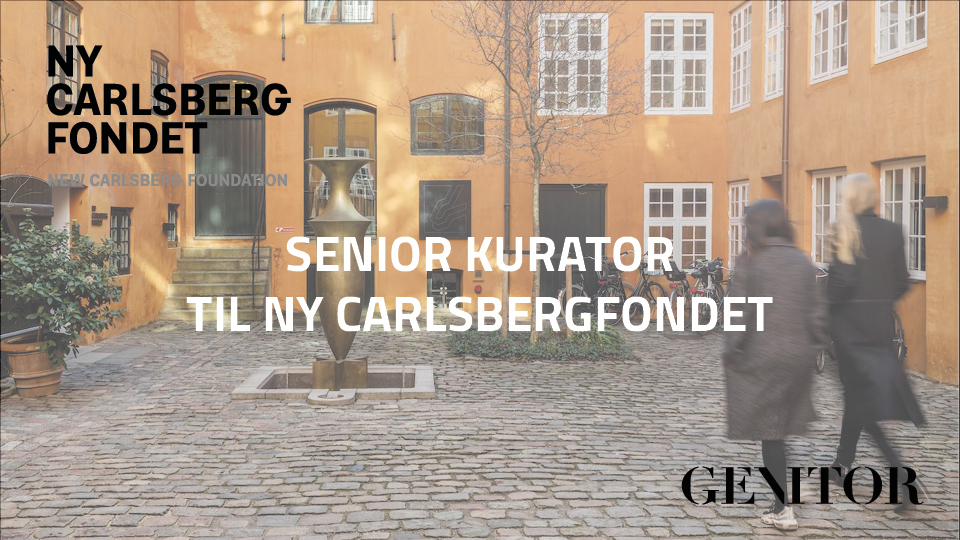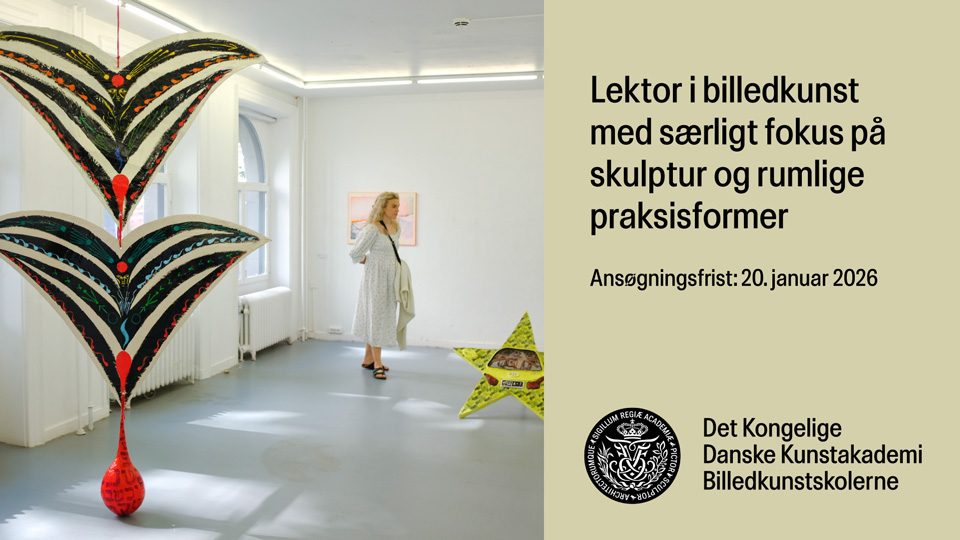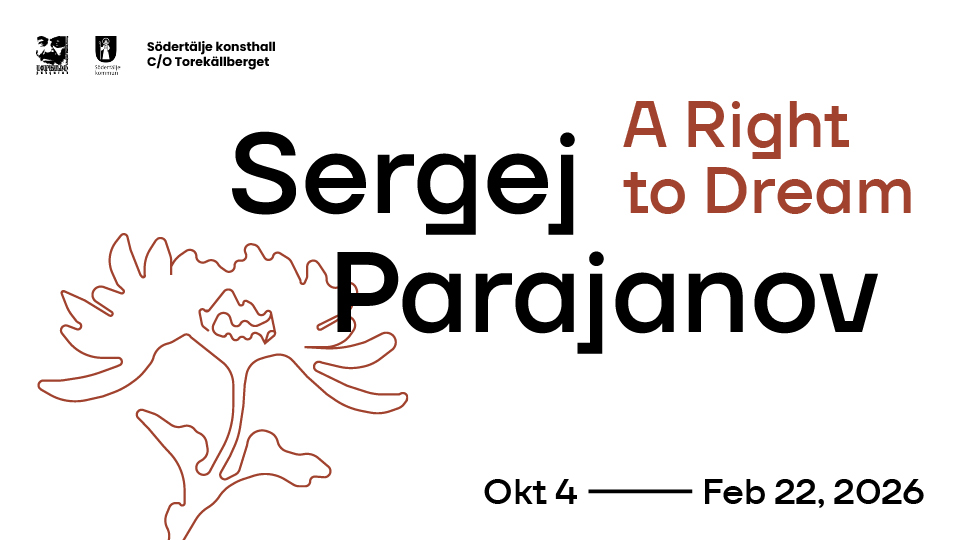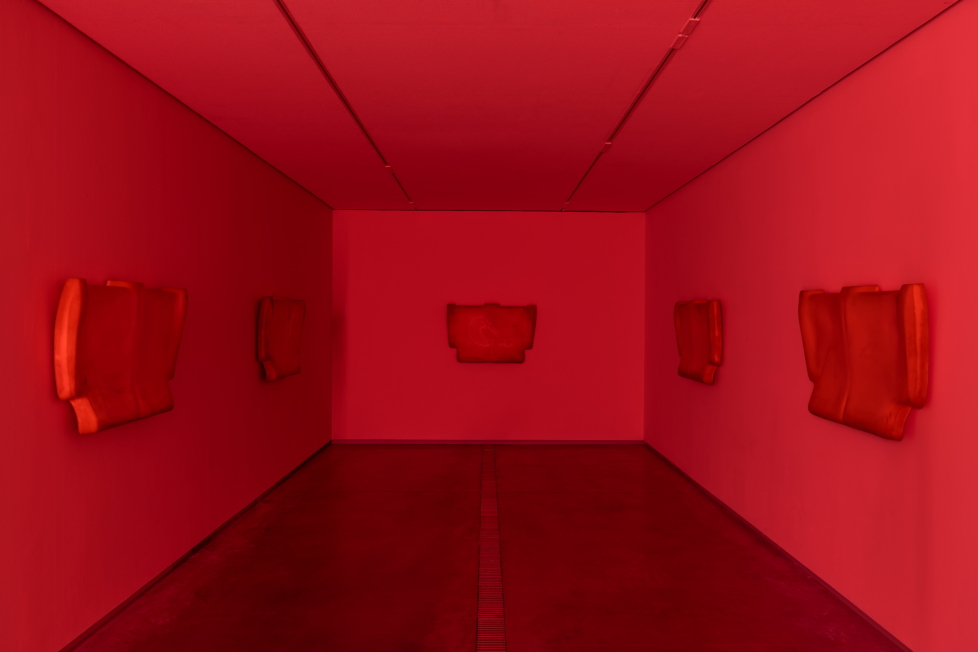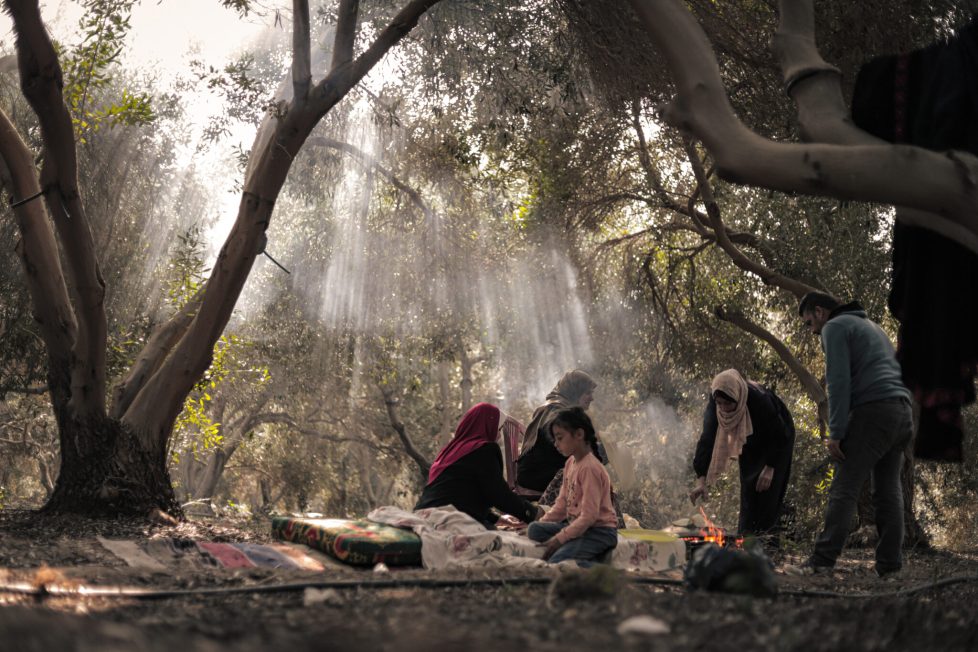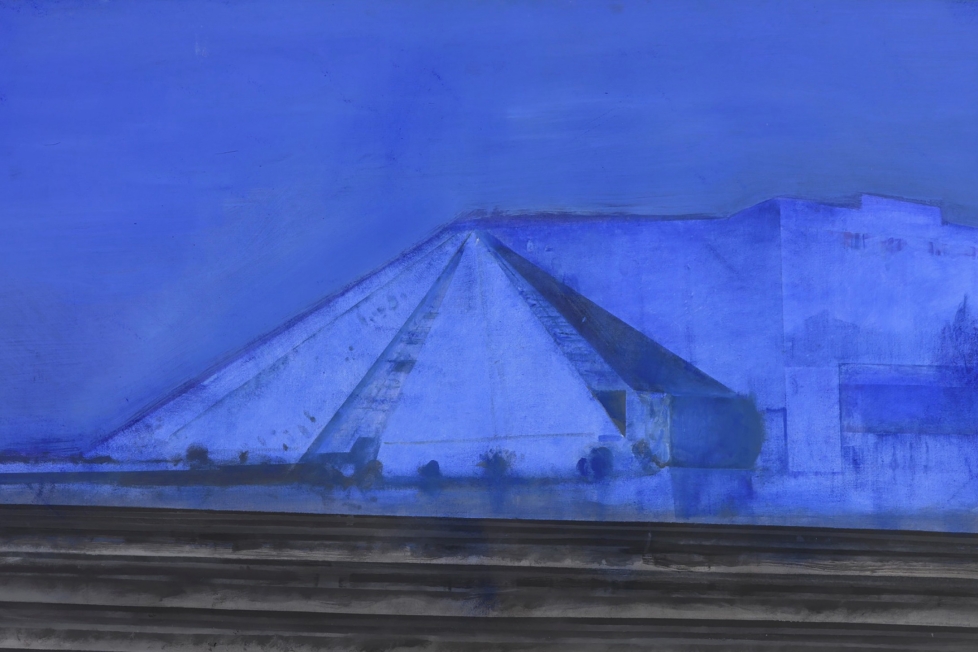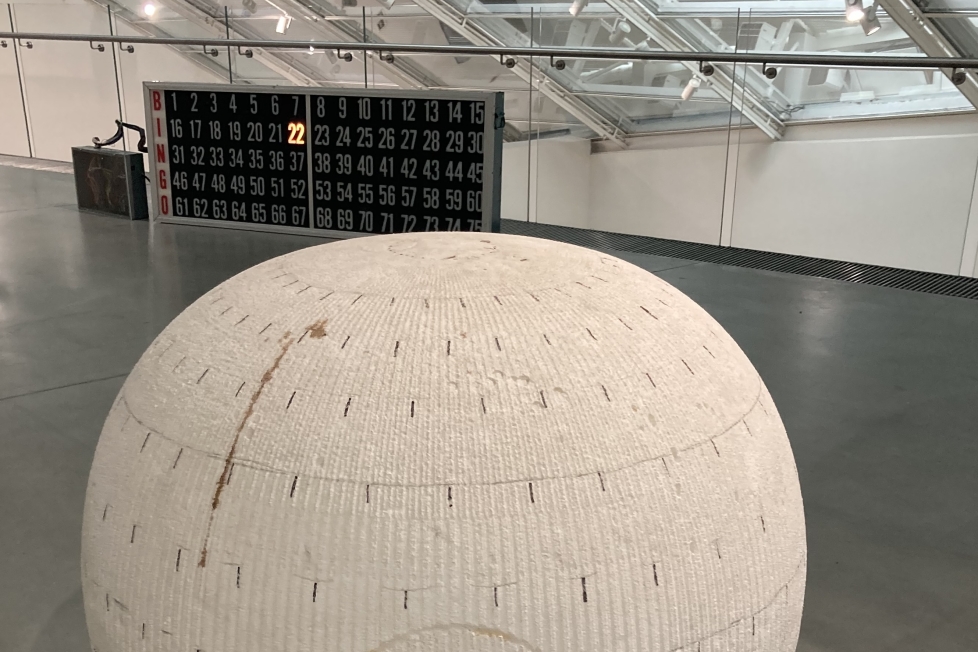
One night in late September I find myself in a castle on top of a mountain in Graz, Austria, listening to the Slovenian industry band Laibach as they interpret The Sound of Music. The following day I walk along a dusty autoroute next to a railway yard in the same city, heading toward the event center Helmut-List-Halle. Hysterical yodelling roars from a PA system in the center’s first vast, empty space. In the second space I am greeted by a swaying, billowing landscape made out of huge, differently shaped inflatables: trees, mounds, biomorphic lumps. On the balloons nature motifs are printed, such as birch wood, moss, and glittering water. The artist Irina Korina describes the installation as a “sci-fi Heimat”, which plays with the “hollow rhetorics naturalizing nationhood”. On my way out I scroll through the news on my phone: Stefan Löfvén, Sweden’s social democratic prime minister, is deposed by a minority alliance of right parties, supported by the far right Sweden Democrats. Bombastic kitsch and irony feel moderately urgent.
Volksfronten, Popular Fronts, is the title of this year’s edition of the avant-garde festival and exhibition Steirischer Herbst, the first under the direction of Ekaterina Degot. It is a pretentious, but also promising title. Before the concept was appropriated by various neo-fascist groups in the 80s and 90s, “popular fronts” was the name of the coalitions of left and liberal parties which were established around the mid-30s in order to form a united bloc against the rise of fascism. The most famous Popular Fronts were the French (Front populaire) and the Spanish (Frente popular), which were both in government during short but intense periods before the outbreak of World War II. The Spanish Popular Front fell against Franco, Léon Blum’s Front populaire fell – among other things – because it was forced into various realpolitik compromises with the forces of fascism, negotiated in a misguided attempt to prevent war. There were also Popular Fronts in Austria (a violent and shortlived affair), in Germany (in the form of an exile-based resistance movement), in the UK (as opposition), etc.

There are not many traces of these stories in Volksfronten. Which is not necessarily a bad thing: the artworks in a group exhibition are not there to realize a curatorial concept or to illustrate an historical narrative. But it is worthwhile to insist on the idea of the exhibition as an intellectual form. That is, a form where artworks, curatorial concepts, and critical discourses may form a heterogeneous, polyphonic whole; where a title or a thematic concept may be, not something superordinate, a heuristic key, but one of the elements which in interplay with others may make the exhibition legible as a whole. We can establish: no artworks in Volksfronten refer, either directly or indirectly, to the period of the original Popular Fronts – to the problems they confronted, to the political solutions they tried out, or to the artistic and cultural projects they launched.
Instead, Volksfronten places us in a post-political landscape, where absurd humour and fatalistic irony appear to remain as the only viable alternatives. Example: a scene from Igor and Ivan Buharov’s fragmented, anarcho-surrealist, feature length film Most of the Souls That Live Here (2016), one of the works in a sort of mini-retrospective of the artist pair’s oeuvre, shown at Volkshaus Graz, the city’s former headquarters for the communist party. In a dilapidated factory building an old lady meets a little boy. The lady teaches the boy how parliamentary referendums work. She helps him to write his choice on a voting ballot, leads him into a soiled toilet, shows him how to post the ballot in an opening in the toilet seat cover, flushes. The other parts of the Buharovs’ comprehensive, multifarious contribution to the exhibition may perhaps be described as a sort of wild celebration of the possibilities unleashed if all rational models of political organization were to be abandoned: plants revolt, humans enter into mystical alliances with animals and malfunctioning information technology, drones swarm around men in gas masks performing incomprehensible ceremonies.
Another example: Roman Osminkin’s performance Putsch (After D.A Prigov) (2018), which takes place in a picturesque square facing a mountain side in central Graz. From two giant loudspeakers, two voices shout a dialogue of sorts, in which the words “revolution” and “putsch” figure frequently, accompanied by quotes from Soviet Stalin-songs, references to Putin and neo-fascism, and vacuous Occupy-slogans. Possibly the dialogue wants to teach us something about how the new populisms have drained the language of “revolution” and the “people” of progressive significance. While the loudspeakers scream “One Solution! Re-vo-lu-tion!”, “Shout PUTSCH as loud as you possibly can!”, and “Yanis Varoufakis!”, assistants with large billboards spell out the words «Revolution», “Putsch”, and “World War” on the scenic steps leading up the mountain side. The blissfully ignorant (bourgeois?) tourists in the restaurants on the square have doubtlessly been thoroughly épatés, that is, had their dinners destroyed, but apart from that I am not certain what the work achieves, apart from very conclusively proving its own political impotence.

Is this how we should understand the reference to the Popular Fronts in the exhibition’s title? As an expression of the ruse of history, according to which the original Popular Fronts and their resistance against fascism were predestined to become replaced by the fascisms of our time, which claim the same name? According to which the reference to the “people” in the Popular Fronts was doomed to prefigure the populist xenophobia of today? In her introduction to the exhibition guidebook – the closest there is to a program statement – Ekaterina Degot suggests something to that effect. Her argument, roughly, is that the Cold War critique of “totalitarianism” gave a new legitimacy to nationalism as a struggle for independence. And this legitimization created – in the states of the former east, but also beyond – a hotbed for today’s neo-fascist regrowth. In this way “a seemingly antitotalitarian and antifascist critique might contribute to the rebirth of a new head of the same fascist hydra”. The anti-fascist Popular Fronts of the 30s became the fascist ones of today.
Against this new fascism, Degot claims, there is today no united front. In our post-totalitarian condition we are no longer able to gather in resistance, but instead stand divided in a multiplicity of small struggles, in the defence of an array of cultural particularisms. “While we are busy respecting our differences», she writes, «we are no more able to think our common ground and our common struggle”. Which of course begs the question: how does Volksfronten respond to this problem? How does such a call to the construction of a political subject uniting the shattered progressive forces of the present, relate to the exhibition’s dominant mood of defeatist irony and exuberant kitsch? How should we, in this context, read the Buharovs’ post-apocalyptic neo-surrealism? Or Kozek Hörlonski and Alexander Martinz’ fragmented short films Demonic Screens II – Arrival (2018), which combine Austrian Heimat Film – feelgood patriotism in idyllic alpine setting – with the genre codes of the horror and the splatter film? In other words, which function may a cynical art serve today, when reality has become its own cynical self-parody? If recent years have taught us anything it is that the new far right, with its horror cabinet of grotesque lead characters, is fully immune to parody.

Another work which leaves me politically perplex, so to say, is Yoshinori Niwa’s Withdrawing Adolf Hitler From a Private Space (2018). On Hauptplatz in central Graz a black container is placed, in which the city’s inhabitants are welcomed to dump all of their relics from the Nazi era: “Uniforms, flags, medals, in short anything with a swastika”. These objects will, after a period, be assembled, taken away, and destroyed by the artist, “under official supervision”. A repression machine, in other words. Art as anti-archive, as the erasure of history. Why? To reveal – and assist in – the unwillingness of the citizens of Graz to confront their own uneasy memories, or their uncomfortable family histories? To what end, in that case? Or in order for the owners of the relics to be able to, as the guidebook phrases it, “[step] forward into the future freed of these objects”? A disconcerting idea.
There are exceptions to Volksfronten’s dramatic sarcasm, works that operate in other registers, according to other logics – almost as a smaller exhibition inside the exhibition, only partly overvoiced by Laibach’s bellowing Edelweiss. Perhaps the funniest work in the exhibition is Henrike Naumann’s Anschluss ’90 (2018). It is premised on the could-have-been scenario that Austria joined Germany after the fall of the wall. The installation resembles an IKEA showroom from the early 90s, but assembled from a selection of (deliciously ugly) Austrian and German furniture pieces and trinkets, combined with some chosen signs and artifacts: a Jörg Haider bust, self-help literature, some Nazi titles, a bunch of interior decoration magazines. This contrafactual period room, this furniture store-as-dialectical montage, confronts us with an urgent question: if you combine Austrian fitness culture with German EU enthusiasm in an American Psycho setting, is the effect then the rebirth of Nazism?

Other works disappear almost completely, because of their more modest pitch. This is the case with Martin Behr and Martin Osterider’s slide show Triester (2003), a photoseries which carefully documents Triestersiedlung, a social housing area in Graz. The detailed, unpopulated shots register the passing of history and the shifting benefits of politics in the traces and marks left on a staircase handrail, in how a shadow falls across a cracked façade, in the palimpsest of tags on an electrical cabinet. This is also the case with Michael Zinganel and Michael Hieslmair’s School Trip (2018), a curious mobile installation in a caravan parked in a bus station in the city center. Through interviews and commentaries, a soundtrack discusses the history of the school trip in Austria, illustrated by a few photographs and simple, cut-out silhouette figures, congenially installed in the caravan’s unfoldable exhibition space. Gradually we realize that the destination of the school trip that the children on the soundtrack are enthusiastically describing, was the mining industries outside of Graz in the early 40s, where business was booming because of the generous access to slave labor.
Something similar can be said about The Department of Ultimology’s What Where (2018) at Kunstverein Graz, one of a small number of works in Volksfronten which belong to the genre of artistic research. The work’s heterogeneous composition of ethnographic documents, images, and objects establishes an open narrative concerning the uses of the traditional Trachten costume in Styria, the Bundesland in Austria whose capital is Graz. On the one hand, we learn that this culture of popular education, folklore, crafts, and national costumes, which figured prominently in the Nazi era’s mythologizing representations of Styria, was also central to the project of postwar, national reconstruction, out of which the Steirischer Herbst festival would later emerge. On the other hand, What Where shows that this network of causal, iconographic, and thematic threads cannot be reduced to a fatalistic story about the eternal return of fascism, but on the contrary that the practices they register were the sites of an intense symbolic struggle, where different ideas of the representation and the composition of the people were set against one another.

Kunstkritikk’s trip to Graz was financed by Steirischer Herbst.
